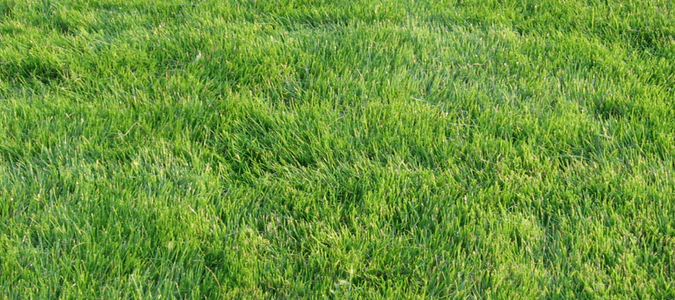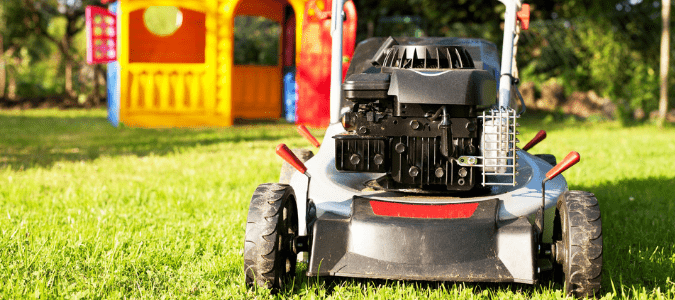
Let’s face it. Your grass is the first aspect of your lawn that visitors notice. Despite well-placed flowers, towering trees and winding pathways, your grass is still the main focus. That’s why you want to ensure your lawn is well cared for and healthy.
A popular grass species in the southern United States is zoysia grass. It’s perfect for warm-weather climates, and when cared for properly, it’s heat- and drought-resistant. Even with such qualities, though, this species still requires proper maintenance, including mowing, feeding and watering.
Read below to learn how to properly care for your zoysia grass.
How To Grow A Healthy Lawn
Zoysia is among the turfgrass varieties that turn a straw-like color when the first frost comes. Along with bermuda grass, buffalo grass, centipede grass, seashore paspalum and St. Augustine, zoysia is a warm season species that can go dormant during the coldest months of the year. Best established from sod, rather than seed, zoysia does well in areas with a moderate amount of traffic. While 11 different varieties of zoysia are used on lawns, two species are most common in the southern United States: Z. japonica and Z. matrella.
Proper nutrition is essential in maintaining zoysia grass health—and good nutrition begins with good soil.
Start by conducting a soil test. Doing so will help you establish basic principles of your soil’s phosphorus and potassium levels, as well as the organic matter in the soil. A soil test can also prevent you from over-fertilizing, which can lower the grass’ drought tolerance and can contribute to the build-up of thatch.

How To Maintain Your Zoysia Grass: Texas Homeowner Tips
It can take up to three seasons for zoysia grass to establish itself properly. But once it has done so, the grass requires a fertilizer that has a higher percentage of nitrogen and very little phosphorous and potassium. The best fertilizers are those that offer slow release nitrogen; organic fertilizers are ideal.
At ABC Home & Commercial, we value high quality, organic products.
While it might be ideal to plant zoysia grass in early fall, it shouldn’t be fertilized at that time. Fertilizing the grass during this time of year can delay the natural dormancy period and make it more susceptible to potentially harmful winter weather. Instead, apply fertilizer in early summer.
Mowing is another important factor for proper grass maintenance. The recommended grass height is between 1 ½ and 2 ½ inches, so you’ll want to begin mowing as soon as the grass blades grow above that height. Trimming blades can help control weeds and other lawn nuisances as well. In the summer months, though, allow the grass to grow a little taller than the recommended blade height before mowing to reduce grass stress.
Watering zoysia grass is the final aspect to maintaining your lawn. Zoysia grass is more drought resistant than other grasses, and as a result only requires watering when it shows signs of needing it. A good sign your grass needs watering is when the blades begin to curl inward. Watering your lawn once per week is considered normal for good growth rates, but due to hotter temperatures in Texas, you might need to water more often.
Following these maintenance routines will ensure a well-groomed, beautiful lawn.
Advantages of Using Organic Fertilizers
By using organic lawn amendments, you’ll use up to 50% less fertilizer and up to 75% fewer pesticides on your lawn.
These fertilizers also align with zoysia grass’ fertilizer requirements. As we mentioned above, zoysia grass requires very little addition of phosphorous, so you have to be very careful not to overdo it.
ABC Can Care For Your Zoysia Yard
Zoysia grass is beautiful, but it’s a tough species to maintain. So it’s always best to consult the professionals, especially in the early phases of growth. Our team can ensure your grass is prepared, planted, and fertilized correctly to ensure proper growth.
ABC Home & Commercial is dedicated to providing you with the knowledge you need to grow and maintain a healthy lawn once it’s planted. We’re eager to offer suggestions, tips, and best practices to maintain a healthy lawn all year long. But, as always, we’re here to lend a helping hand whenever needed.
Contact us today to schedule an appointment.
